Introduction
Finding balance and tranquillity might be difficult in today’s fast-paced society. Yoga is an ancient practice that blends physical postures, breathing exercises, and meditation to improve general well-being. Whether you want to increase your flexibility, reduce stress, or strengthen your mind-body connection, yoga provides a comprehensive approach to living a healthier lifestyle. This tutorial will bring you through the fundamentals of yoga, emphasizing its advantages and offering beginners’ recommendations.
What is Yoga?
Yoga is a comprehensive practice that began in ancient India and includes physical, mental, and spiritual practices. The word “yoga” is derived from the Sanskrit word “yuj,” which means to yoke or combine, and represents the unity of body, mind, and spirit.
Yoga comes in a variety of styles, ranging from rigorous and physically demanding to peaceful and calming. Each method provides distinct benefits, but they all aim to create mental and physical peace.
Benefits of Yoga
1. Improved Flexibility

One of the most well-known benefits of yoga is the capacity to increase flexibility. Yoga uses numerous postures (asanas) to lengthen muscles, increase range of motion, and promote general physical ease. This is especially good for people who suffer from stiffness as a result of sedentary lifestyles or aging.
sedentary lifestyle or aging.
2. Stress Reduction

It is known that yoga is an effective stress-management technique. The combination of conscious movement, controlled breathing, and relaxation techniques helps to quiet the nervous system, lower cortisol levels, and create feelings of serenity and relaxation. Regular practice can reduce anxiety, enhance sleep quality, and boost emotional well-being.
3. Increased Strength

Many yoga poses require you to support your body weight in new ways, including balancing on one leg or supporting yourself with your arms. These movements build muscle strength and endurance, which in turn can help prevent injuries and support overall physical health.
4. Better Posture

Also, Yoga improves posture by enhancing body awareness and encouraging alignment. Poor posture, which is commonly the result of prolonged sitting, can cause discomfort and long-term health problems. Yoga improves your core and back muscles, allowing you to stand taller and move more efficiently.
5. Enhanced Mental Clarity

The meditative features of yoga can assist to calm the mind and minimize mental clutter. By focusing on the breath and the present moment, yoga increases mindfulness, concentration, and mental clarity.
Getting Started with Yoga
1. Choose the Right Style

As a beginner, you should choose a yoga style that is appropriate for your needs and fitness level. Here are some popular styles to consider:
– The Hatha Yoga: A moderate introduction to basic yoga poses with emphasis on alignment and breath control.
– The Vinyasa Yoga is a dynamic and flowing technique that integrates breath and movement, sometimes referred to as “moving meditation.”
– The Iyengar Yoga emphasizes precision and alignment, typically utilizing props like blocks and straps.
– The Restorative yoga is a calm and peaceful exercise that helps relieve tension and restore the body.
– The Yin Yoga involves holding poses for extended periods to address deep connective tissues and increase flexibility.
2. Gather Essential Equipment
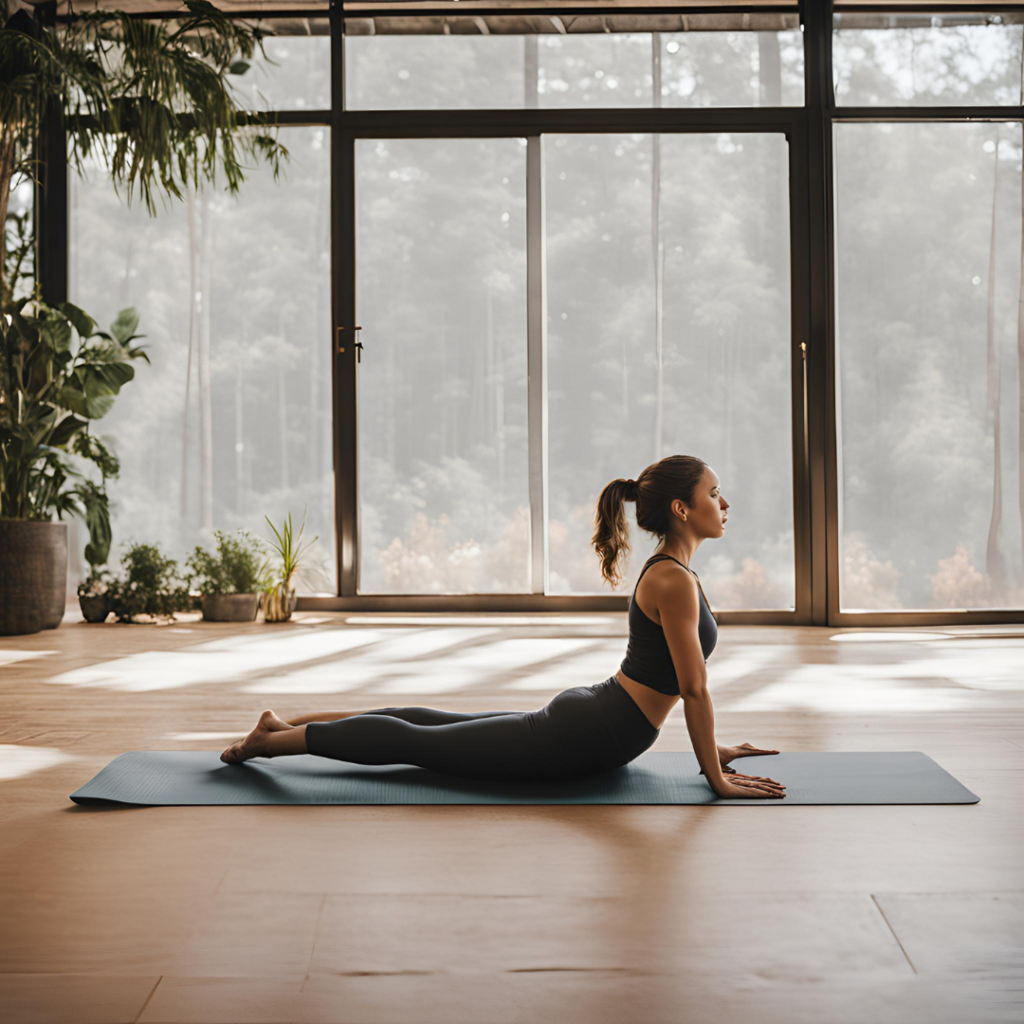
While yoga doesn’t require much equipment, having a few things might improve your practice:
– Yoga mats offer padding and grip, enhancing comfort and stability.
– Comfortable Clothing Choose loose or flexible clothing to allow for complete range of motion.
– Blocks and straps can help novices maintain appropriate alignment during poses.
-Bring a water bottle to stay hydrated during rigorous yoga sessions.
3. Find a Suitable Space
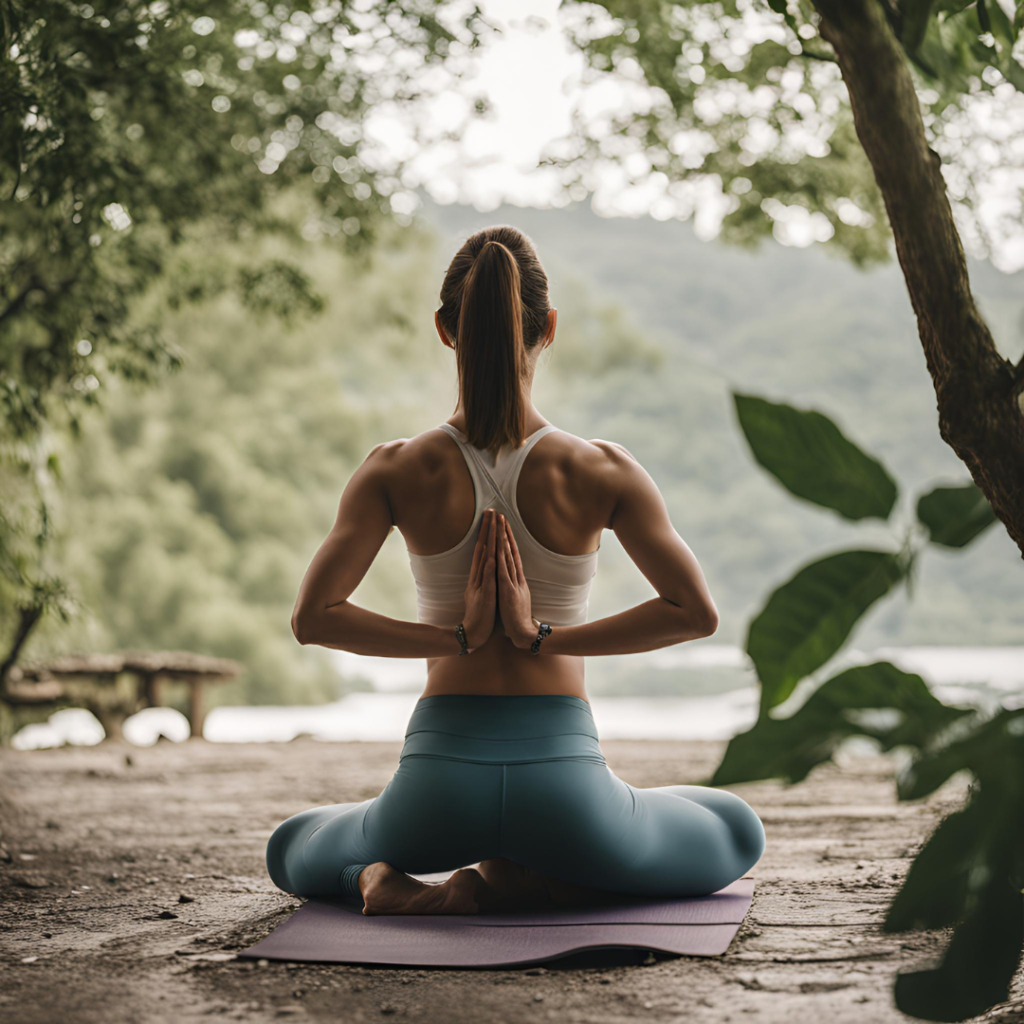
Create a peaceful and clutter-free environment for your yoga practice. Whether it’s a dedicated room or a quiet area, make sure it’s a spot where you can unwind and concentrate without interruptions. Consider adding components like soft lighting, soothing music, or essential scents to enhance the atmosphere.
4. Learn Basic Poses
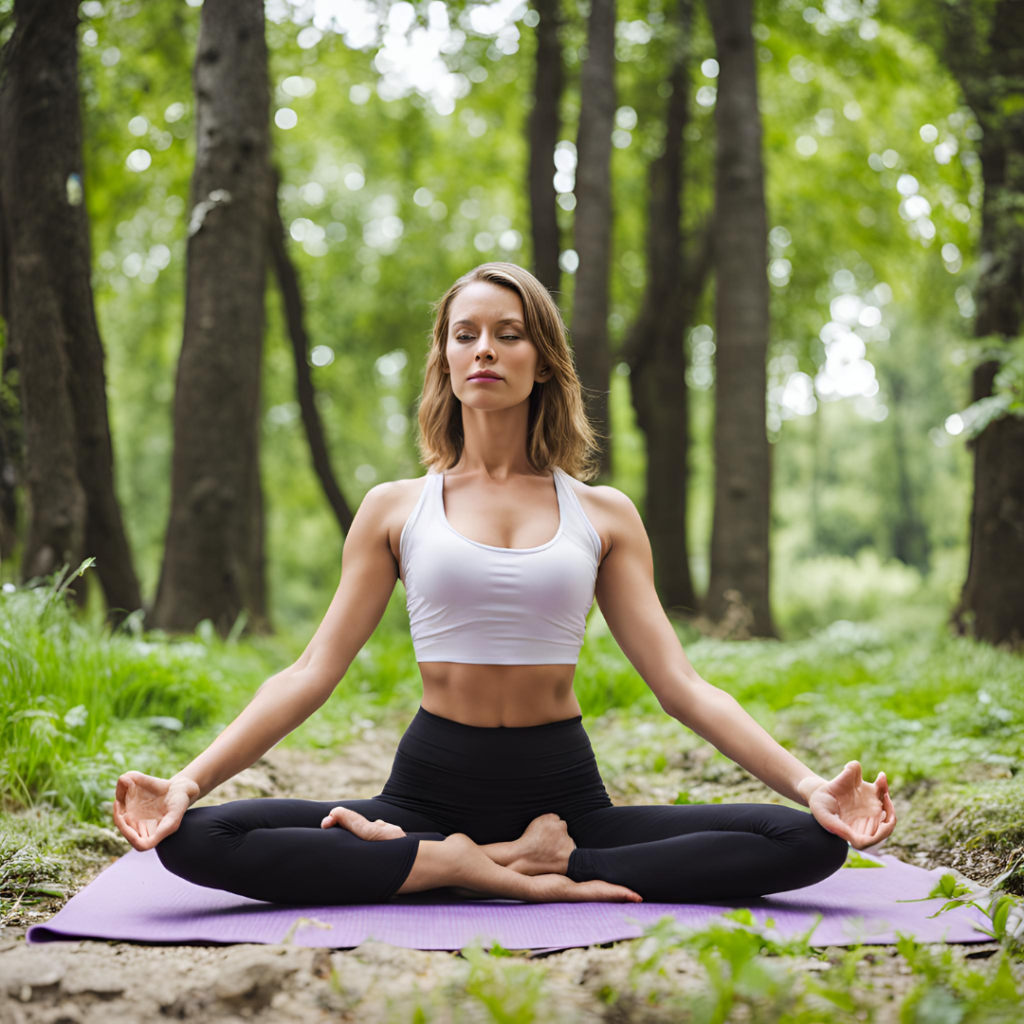
Begin with simple positions to establish a foundation for your practice. Here are some beginner-friendly asanas.
– Tadasana (Mountain Pose) is a foundational standing pose that improves posture and balance.
– Adho Mukha Svanasana (Downward-Facing Dog) is a full-body stretch that strengthens arms, legs, and core.
– Warrior I (Virabhadrasana I) strengthens and stabilizes the legs, opening the hips and chest.
–Child’s Pose (Balasana) is a relaxing pose that stretches the back and soothes the mind.
–Cat-Cow Pose (Marjaryasana/Bitilasana), A smooth transition between two poses to warm up the spine and relieve stress.
5. Practice Mindful Breathing
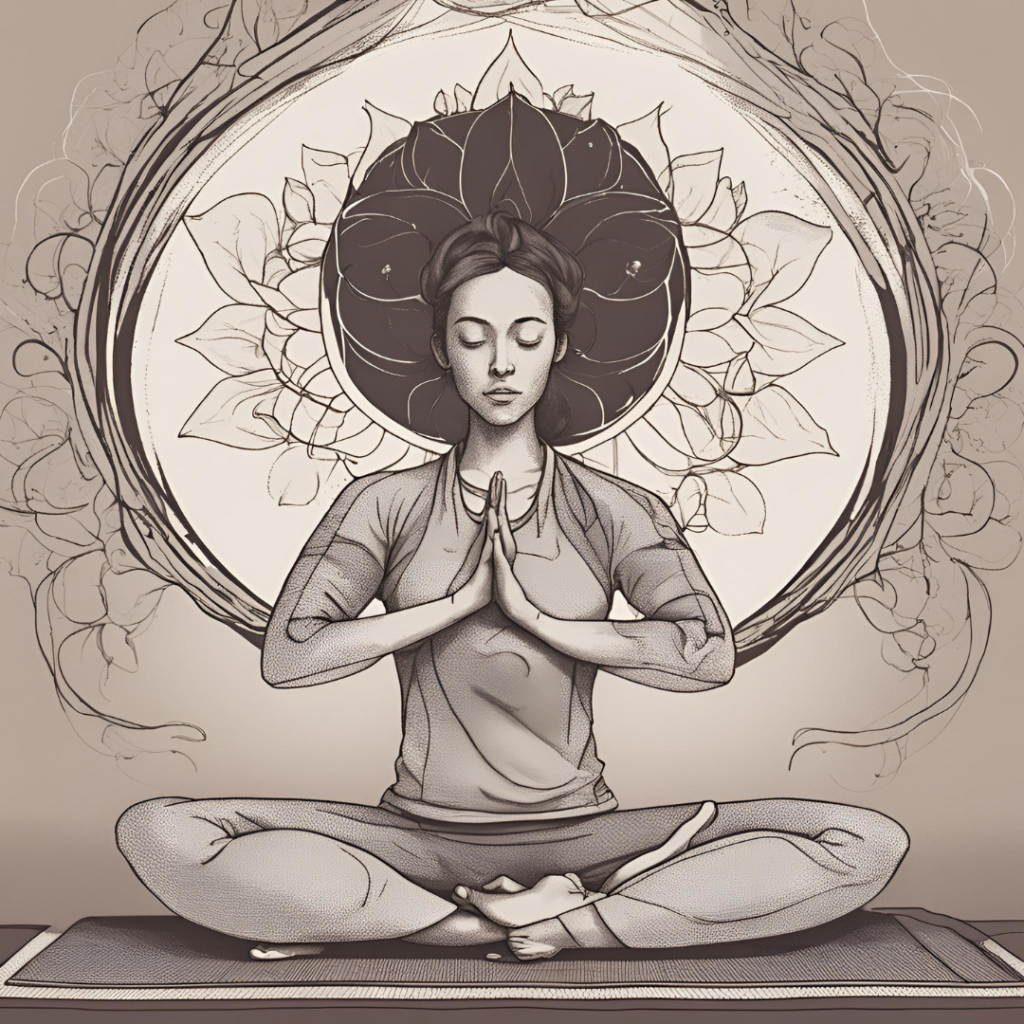
Breathing is a key component of yoga. Learning to breathe deeply and consciously can help you improve your practice and reduce stress. The Three-Part Breath (Dirga Pranayama) is a simple breathing exercise for beginners that involves filling the abdomen, rib cage, and chest with air in a wave-like motion.
6. Listen to Your Body
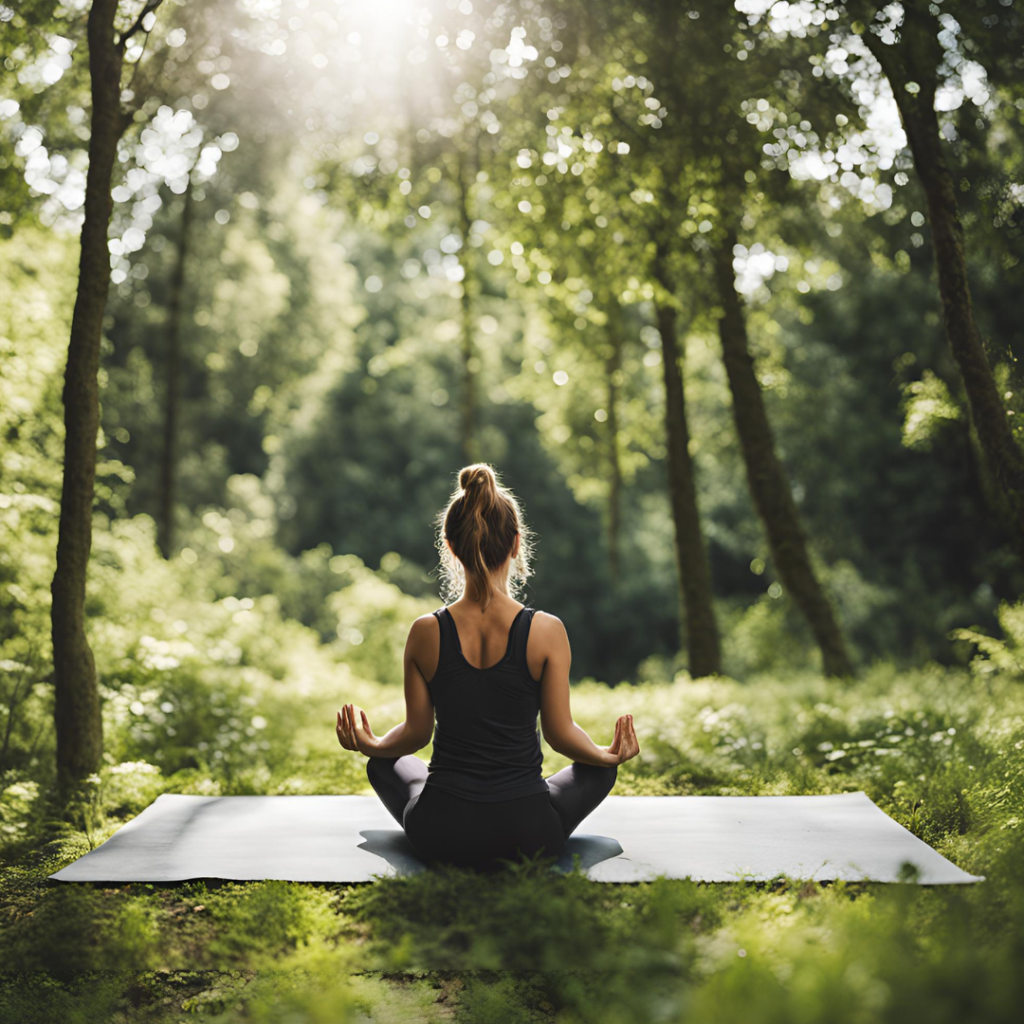
Yoga is not about pushing yourself or perfecting positions. It’s about listening to your body and respecting its messages. If a pose causes discomfort or pain, alter it or take a break. Consistency and patience are essential for progressing safely in your practice.
Tips for Building a Consistent Practice
–Begin with short, easy sessions to develop a habit without feeling overwhelmed.
– Set realistic goals, such as increasing flexibility, relieving stress, or improving posture.
–Participate in a class or online community to gain support, motivation, and advice.
–Keep an open mind and experiment with different styles and stances to find what works for you.
–Regular practice is crucial, with consistency taking precedence over duration. Even a few minutes each day can make a difference.
Conclusion
Yoga provides numerous physical and mental advantages, making it an excellent practice for anybody wishing to increase flexibility, reduce stress, and improve general well-being. Starting with the basics and gradually expanding your practice will allow you to experience the tremendous effects of yoga in your daily life. Remember that yoga is a journey, not a destination, so take your time, listen to your body, and enjoy the experience of self-discovery and growth.









